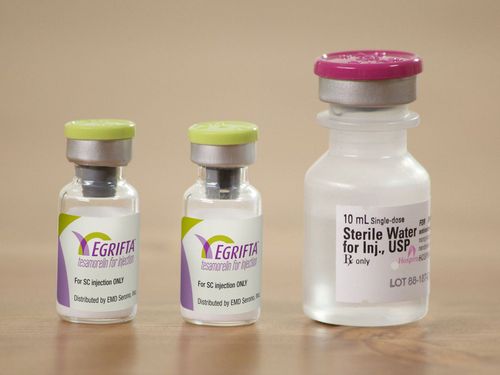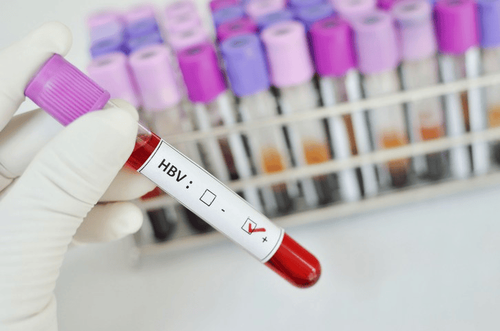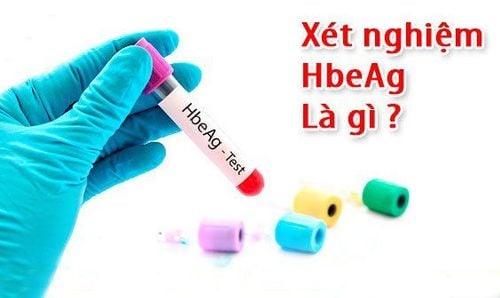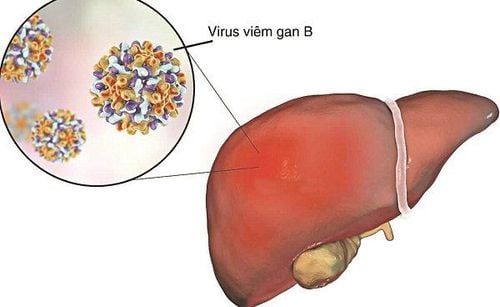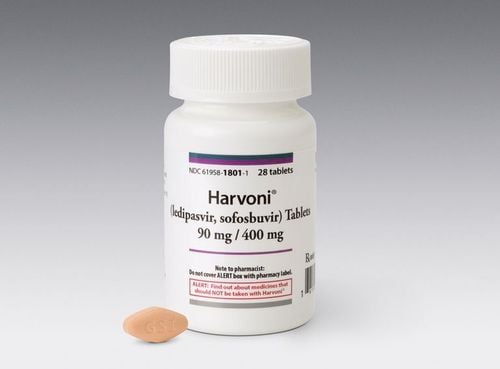This is an automatically translated article.
Both HIV and hepatitis B are spread through direct contact with blood, semen, or other body fluids. Therefore, the risk factors for HIV and hepatitis B co-infection are the same. However, testing for hepatitis B and HIV are two different things.
1. Hepatitis B Test
Hepatitis B cannot be completely cured, but continuous medication is also very effective. Performing hepatitis B tests helps doctors diagnose and monitor the stage of the disease, and is the basis for giving the most appropriate treatment.
1.1. HBsAg . test
As the most common form, almost everyone who comes to the clinic for hepatitis B must have an HBsAg test first. The doctor will order the next test steps after the results of the HbsAg test are available. If you get a positive result, it means you have hepatitis B virus (HBV), otherwise a negative result means you don't have hepatitis B.
The HbsAg test consists of two parts:
Quantification: Indicate antigen levels, to monitor the condition of the disease and seek appropriate treatment; Qualitative: Diagnose whether the patient has hepatitis B or not.
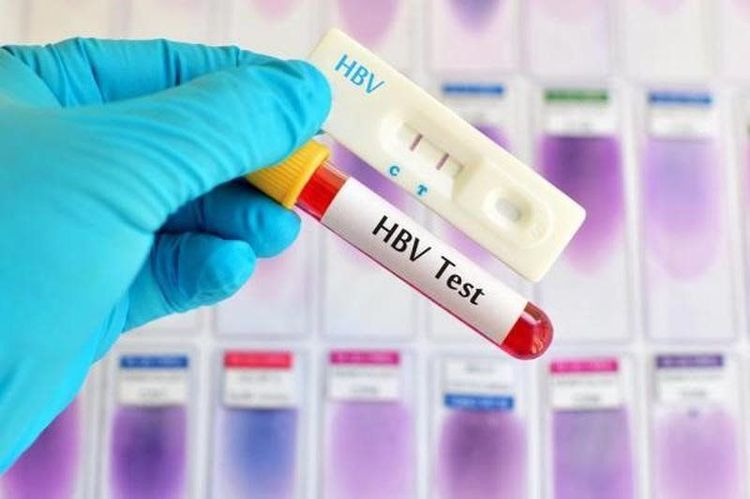
Xét nghiệm HBsAg là phương pháp chẩn đoán viêm gan B được áp dụng phổ biến
1.2. HBeAg . test
Levels of HBeAg which is a capsid antigen of the hepatitis B virus. A positive HBeAg test result indicates that the virus is increasing, spreading, and destructive.
In case the test results are negative, there are two possibilities:
One is that the virus is in an inactive state, there is a chance to cure itself; Second, the virus is mutated, the patient needs to do other tests (such as HBV genotyping, HBV DNA).
1.3. Anti-HBs . Test
To test the body's immunity to the HBV virus. People who have been vaccinated against hepatitis B will develop anti-HBs antibodies. Therefore, when doing this test will receive a positive result, which means that the body has antibodies against the virus that causes the disease. Conversely, if the result is negative, you should get the hepatitis B vaccine as soon as possible.
Usually, the hepatitis B vaccine is given in 3 doses, repeated 1 and 6 months after the first dose. After you have completed all the shots, you should also have the Anti-HBs test again to check if your body has received and formed enough antibodies. The higher the antibody, the more effective the protection, the minimum is >10 UI/ml and the optimal is >1000 UI/ml.
1.4. Anti-HBe . Test
This test is similar to Anti-HBs, but Anti-Hbe is only part of the antibody against the hepatitis B virus. If the person is suspected of having hepatitis B, the Anti-Hbe test result is positive. This means that the body already has a partial immune response to the HBV virus.
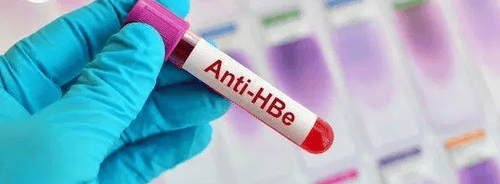
Xét nghiệm Anti-HBe cho kết quả là một phần của kháng thể chống lại virus viêm gan siêu vi B
1.5. Anti-HBc . test
People with hepatitis B mainly do Anti-HBc test to determine the current disease status, acute or chronic stage. In addition, this test is also capable of diagnosing whether a person has been previously infected with the hepatitis B virus.
1.6. Anti-HBc IgM . Test
If there is a close relationship with the patient or suspected HBV infection, the Anti-HBc IgM test will help determine the risk of infection. Anti-HBc IgM is an antibody that occurs during early viral infection or during an exacerbation of chronic hepatitis B.
2. HIV test
Usually, people will ask or be ordered to take an HIV test when there is a risk of exposure. After the risk behavior occurs, HIV has a window period of 3 to 6 months. Test results at the 6-month mark are negative, meaning you are not infected. If you have taken an HIV test earlier than the window period, you should repeat the test again 6-7 months after the risky behavior for more peace of mind, to avoid errors or false negatives.
Currently, there are many test techniques to detect HIV antibodies in blood quickly and accurately, such as:
HIV rapid test Serodia ELISA method Automatic immunity,... In which, ELISA method (enzyme-binding immunity) is considered to be very sensitive. In addition, people with suspected HIV infection can also buy quick test kits at home, with high accuracy results. However, if the result is positive, you need to go to a specialized medical facility for timely examination and treatment. Moreover, not all HIV test strips on the market are completely accurate. Therefore, consumers need to be extremely cautious if they want to test themselves for HIV at home.

HIV test nhanh là một phương pháp phát hiện được kháng thể HIV trong máu
3. Does hepatitis B test detect HIV?
It is very common that HIV patients are co-infected with hepatitis B virus, the rate is more than 30%. Therefore, screening and active treatment when there is evidence of HIV co-infection and viral hepatitis is of great concern.
The HBV virus also has a similar route of transmission as HIV, through contact with blood, semen or other body fluids. In particular, the specific ways to spread the disease are sharing needles, razors, toothbrushes or personal items that are at risk of blood and secretions; Contact with blood or open sores; Having unprotected sex ; From mother to child during pregnancy, birth and upbringing.
Many observational studies show that chronic hepatitis B progresses to cirrhosis, end-stage liver disease and liver cancer more rapidly in people with HIV infection. Similarly, people with hepatitis B, if infected with HIV, also quickly progress to the end stage, giving rise to other infections. That is why all people with HIV should be screened for HBV virus from the time they are diagnosed. Serum antigen and antibody tests can help detect HBV infection, even if there are no symptoms.
If serological tests show no hepatitis virus infection, the patient should be vaccinated against HBV. In case the test shows that the patient has been infected with hepatitis, it is necessary to perform many other tests to determine the disease status and have good control.

Bệnh viện Đa khoa Quốc tế Vinmec đã triển khái khói khám Sức khỏe tổng quát giúp phát hiện nhiều bệnh lý tiềm ẩn
Regarding the question "Can hepatitis B test detect HIV?", doctors said these are two different tests. If a patient desires or is ordered to be tested for hepatitis B, only the presence of HBV infection will be known, and HIV status is not known. You need to go to the hospital for an HIV-specific test between 3 and 6 months after the risky behavior to get an accurate result.




